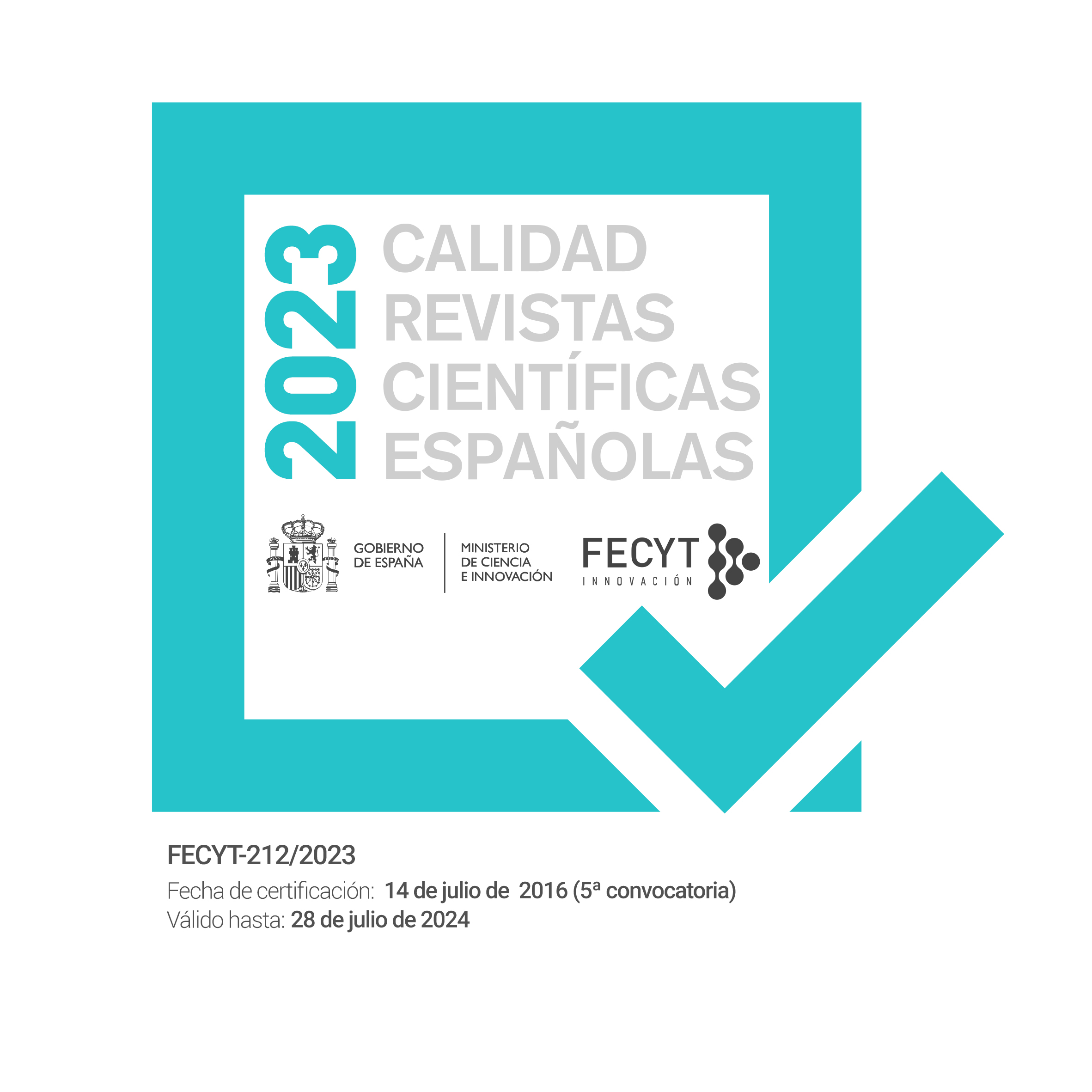Prostatectomia radical robótica: revisión de nuestra curva de aprendizaje
ObjetivoPresentamos los primeros casos de nuestra serie de prostatectomía radical robótica con Da Vinci (PRRdaV), que corresponden a la curva de aprendizaje (CA) del cirujano que se ha iniciado en la técnica.
MétodosSe revisan los 20 primeros pacientes sometidos a PRRdaV y realizados por un cirujano experto, sin entrenamiento laparoscópico previo, pero con amplia experiencia en prostatectomía radical retropúbica y perineal (HV). Se analiza: tiempo operatorio, pérdidas hemáticas, tasa de conversión, complicaciones intra y postoperatorias, estancia hospitalaria y días de sonda vesical. También: las tasas y la localización de los márgenes positivos, así como los resultados funcionales con un seguimiento medio de 10 meses.
ResultadosLa media de tiempo operatorio fue de 140 minutos (100-211) y la pérdida hemática media de 180 mL (80- 360), no requiriendo transfusión sanguínea en ningún caso. No se presentaron complicaciones intraoperatorias, y tampoco ninguna reconversión. Como acontecimientos postoperatorios sólo destaca una retención aguda urinaria tras retirada de sonda vesical. La estancia hospitalaria media fue 3,35 días (3-5). Se obtuvieron 6 casos con márgenes quirúrgicos positivos (30%). La localización más frecuente fue postero-lateral. Dieciocho de los 20 pacientes (90%) son completamente continentes de forma precoz, 2 (10%) requirieron utilizar una compresa de seguridad durante los 6 primeros meses por incontinencia leve de esfuerzo que se resolvió espontáneamente. De los 20 casos, 2 de ellos (10%) presentaban disfunción eréctil preoperatoria; de los 18 restantes, 12 (66.6%) conservaban potencia en el momento de la revisión y 6 (33.4%) presentaron disfunción eréctil postoperatoria.
ConclusionesLa prostatectomía radical mediante cirugía robótica se ha demostrado claramente ventajosa (excelente maniobrabilidad para una técnica mínimamente invasiva, postura más cómoda y anatómica, visión tridimensional y corta curva de aprendizaje). Una amplia experiencia quirúrgica previa en cirugía abierta y/o laparoscópica, acortan de forma significativa esta curva de aprendizaje de la PRRdaV.
We present the first cases of our robotic radical prostatectomy with Da Vinci (RRPdaV) that corresponds to the learning curve (LC) of the surgeon that has initiated with this technique.
MethodsWe reviewed the first 20 patients that underwent RRPdaV, performed by an expert surgeon, without previous laparoscopic training, but with a wide experience in retropubic and perineal prostatectomy (HV). We analyzed: Surgical time, blood loss, conversion rate, intra and postoperative complications, hospital stay and days of bladder catheterization. Also: rates and location of surgical margins, as well as functional outcomes with an average follow up of 10 months.
ResultsMean operating time was 140 minutes (100-211) and blood loss 180 mL (80-360), and none required a blood transfusion. There were no intraoperative complications and neither any conversion to open surgery. The only postoperative outstanding fact was mean hospital stay were 3,35 days. (3-5). We had 6 cases of positive surgical margins (30%). The most frequent location was postero-lateral. Eighteen out of 20 patients (90%) were early totally continent, 2 (10%) required the use of one pad during the first six months due slight stress incontinence that stopped spontaneously. From 20 cases, two of them (10%) had preoperative erectile dysfunction; 12 out of the remaining 18 (66.6%) preserved potency at review and 6 (33.4%) had postoperative erectile dysfunction.
ConclusionsIt has been demonstrated that robotic surgery for radical prostatectomy is clearly an advantage technique (easy maneuver although it is a minimally invasive technique, comfortable and ergonomic position for the surgeon, 3D visualization and short learning curve). The RRPDAv learning curve is significantly shorter if the surgeon has a wide previous surgical experience in open and/or laparoscopic surgery.









